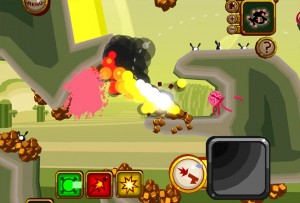I am currently playtesting Rebuild 2 for difficulty. I decided to write up a first-person account of one of my games and post it for your amusement. Note that I am no writer so this is essentially just bad fanfiction. Although it _is_ fanfiction for an unreleased game. It was a pretty intense three hour playthrough so the original write-up was pretty long. Sarah cut it down for me but if you are a particular fan of tortured prose you can read the un-cut-down version here.
Also, minor spoiler alert.
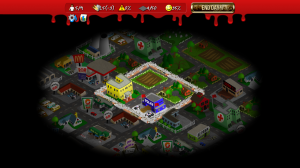 I remember when this city wasn’t a smoking terror-scape. I remember when it was the city of glass, the most beautiful city in the world. When you could sip an espresso or a pint of beer by the water without some brain-hungry Zed trying to liberate your frontal lobes. This is Vancouver damn it! And it’s where we start again!
I remember when this city wasn’t a smoking terror-scape. I remember when it was the city of glass, the most beautiful city in the world. When you could sip an espresso or a pint of beer by the water without some brain-hungry Zed trying to liberate your frontal lobes. This is Vancouver damn it! And it’s where we start again!
A few fellow survivors and I walled up a few blocks of the city and I knew there was an old science-lab a few blocks away. My plan was to rally all the downtrodden, scared stragglers to my banner and fight back against the zombie hordes.
As our struggling fort started to grow, an itinerant gambler stopped by to gamble for food. I couldn’t help myself, I was blinded by hunger and played with what little we had. Fortunately I was lucky with the dice and nearly doubled our meagre supply of rations and won a kitten to boot! I taught the kitten to ride on my shoulder and Mooch became very useful for recruiting survivors to my cause.
We were growing fast, and having trouble scavenging enough food from the surrounding grocers and 8-12 marts to feed everyone. I met an honest to god researcher named Rob earlier and he was keen to get to work. I set him on rigging up a radio to find more science minded people.
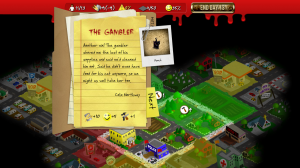 One day, while most of us were away scavenging the ruined city for sustenance, the zombies got into the science-lab. Jimbob Foster and “Faraway” Boyle were first to the scene. They acted bravely but Jimbob was overcome and eaten alive. “Faraway” was injured trying to fend them off with a Bunsen burner and sent to recuperate in an old hospital.
One day, while most of us were away scavenging the ruined city for sustenance, the zombies got into the science-lab. Jimbob Foster and “Faraway” Boyle were first to the scene. They acted bravely but Jimbob was overcome and eaten alive. “Faraway” was injured trying to fend them off with a Bunsen burner and sent to recuperate in an old hospital.
Heroic efforts to gather food farther and farther from the fort were keeping us alive. We were also bringing back some pretty interesting stuff from those missions. Julia Jenkins brought back a sub-machine gun from an old pawn shop, and later found herself a shotgun.
It took nearly a week to bring the lab back under control, then just as it was an old man with a thick Russian accent came to the doors of the fort. Dr. Bryukhonenko said he could do more damage to the zombies with science than we could with bats and rifles. He wanted our lab to himself though. Honestly, Rob wasn’t exactly a specialist before the world fell and I had more hope in this confident stranger, so I gave him the lab. Soon after that he demanded Nurse Betty to be his assitant. She wasn’t the most adept of Rob’s trainees, but she was definitely the best looking.
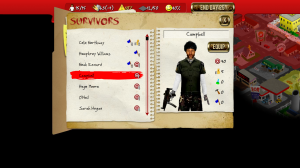 I was obsessed with drawing in new people. When my scouting parties found someone I’d take Mooch out there and talk them into my vision of the future. I may have played up the safety and comfort of the fort more than was realistic but if we were going to win back our city it was necessary.
I was obsessed with drawing in new people. When my scouting parties found someone I’d take Mooch out there and talk them into my vision of the future. I may have played up the safety and comfort of the fort more than was realistic but if we were going to win back our city it was necessary.
We still couldn’t feed everyone and people were losing faith in my leadership. To keep morale up I ordered that a few churches on our borders be cleaned out and walled off.
I preached not of hell; it was evident for all that hell was real. Instead I preached of new cars and bad TV on a Sunday afternoon, of eating lunch on Granville Island and the functioning ski-lifts on Grouse Mountain. I made them yearn for what we had lost and slowly they came back to me.
While this going on I was getting odder and odder reports from Rob about what Dr. Bryukhonenko was up to. Rob said his methods weren’t safe or necessarily moral.
I didn’t care what methods the doctor used. As the zombies massed outside the walls I feared he was our only real hope.
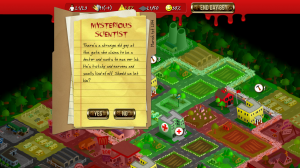 The doctor often made odd demands, and the fort didn’t much like him. There were often strange noises coming from his lab but strange turned to disturbing then to terrifying. It was enough that people had to daily confront hunger and the zombies outside. That’s why when the lab exploded I was the only one who was devastated.
The doctor often made odd demands, and the fort didn’t much like him. There were often strange noises coming from his lab but strange turned to disturbing then to terrifying. It was enough that people had to daily confront hunger and the zombies outside. That’s why when the lab exploded I was the only one who was devastated.
I sent Campbell and a few other soldiers in there to clean up. They found Dr. Bryukhonenko and Betty’s bodies in the wreckage but also the doctor’s notes. Devastated, I sent the notes to Rob in the vain hope he could make sense of the Russian scribbles.
I had no idea what to do now. There might be other options out of this. I could could try to start a government and make a proper city work despite the constant threat of zombies. I might be able to overpower some of the raiders and free us from some of the constant danger. There was an airfield in the city. I might have been able to wing myself and a few close survivors away to find… help… or a little tropical island somewhere. Someone might as well end up well from this escapade.
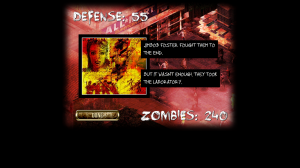 Then Rob came to me in the night. He said he’d cracked it! Bryukhonenko had found a cure. He said I didn’t want to know the lengths the doctor had gone to finding it. I’m amazed at what someone with no moral compunction can accomplish. Rob said the team needed ten days and three labs to prepare the cure. “Faraway” reclaimed the exploded lab.
Then Rob came to me in the night. He said he’d cracked it! Bryukhonenko had found a cure. He said I didn’t want to know the lengths the doctor had gone to finding it. I’m amazed at what someone with no moral compunction can accomplish. Rob said the team needed ten days and three labs to prepare the cure. “Faraway” reclaimed the exploded lab.
I was on top of the world when Rob and his crew stated their work. We were 34 survivors now well fed, well trained, and well housed. We had the zombies at bay and soon this nightmare would be over. I wasn’t prepared for the zombie’s response. It was like they knew their time was near and they started massing into huge hordes and hurling themselves against the walls every couple of days. They took our farms, our police station and were eating their way towards the lab. At this closest of moments, when I saw my impossible dream finally falling into place the hordes of Zed were set to tear down everything we had accomplished.
Which brings me to today: May fourth, 2014. 103 days after I decided we were going to start anew. Today’s the day Rob said he’d be done. I can hear Zed moaning their request for our living flesh. I don’t have many healthy fighters to answer their request.
I hope to god Rob has found a better answer for them…

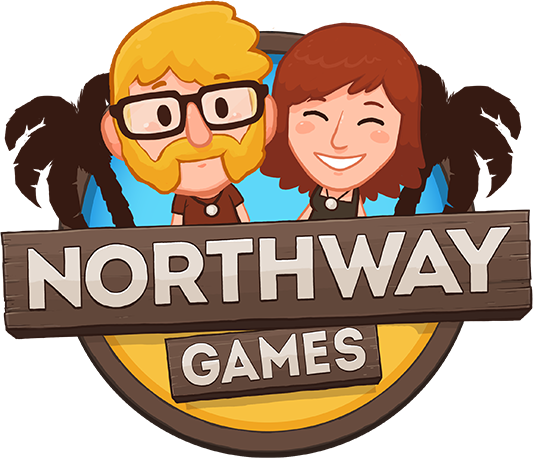

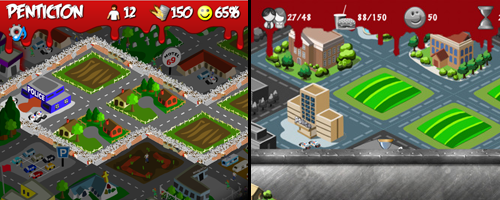
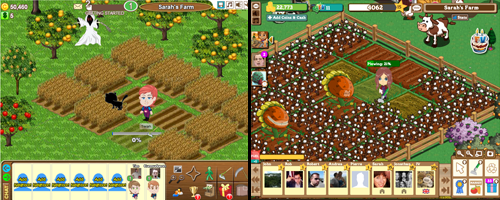
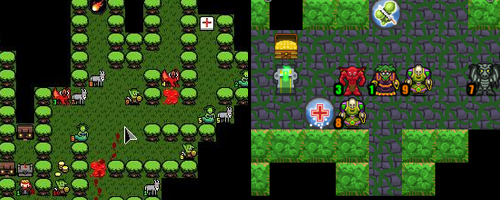
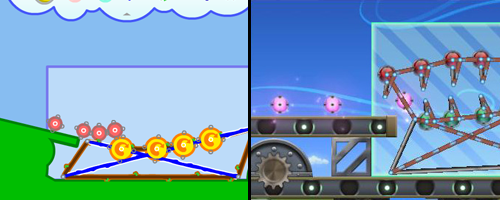
 I remember when this city wasn’t a smoking terror-scape. I remember when it was the city of glass, the most beautiful city in the world. When you could sip an espresso or a pint of beer by the water without some brain-hungry Zed trying to liberate your frontal lobes. This is Vancouver damn it! And it’s where we start again!
I remember when this city wasn’t a smoking terror-scape. I remember when it was the city of glass, the most beautiful city in the world. When you could sip an espresso or a pint of beer by the water without some brain-hungry Zed trying to liberate your frontal lobes. This is Vancouver damn it! And it’s where we start again!





